Topology - Topology Insights and Support
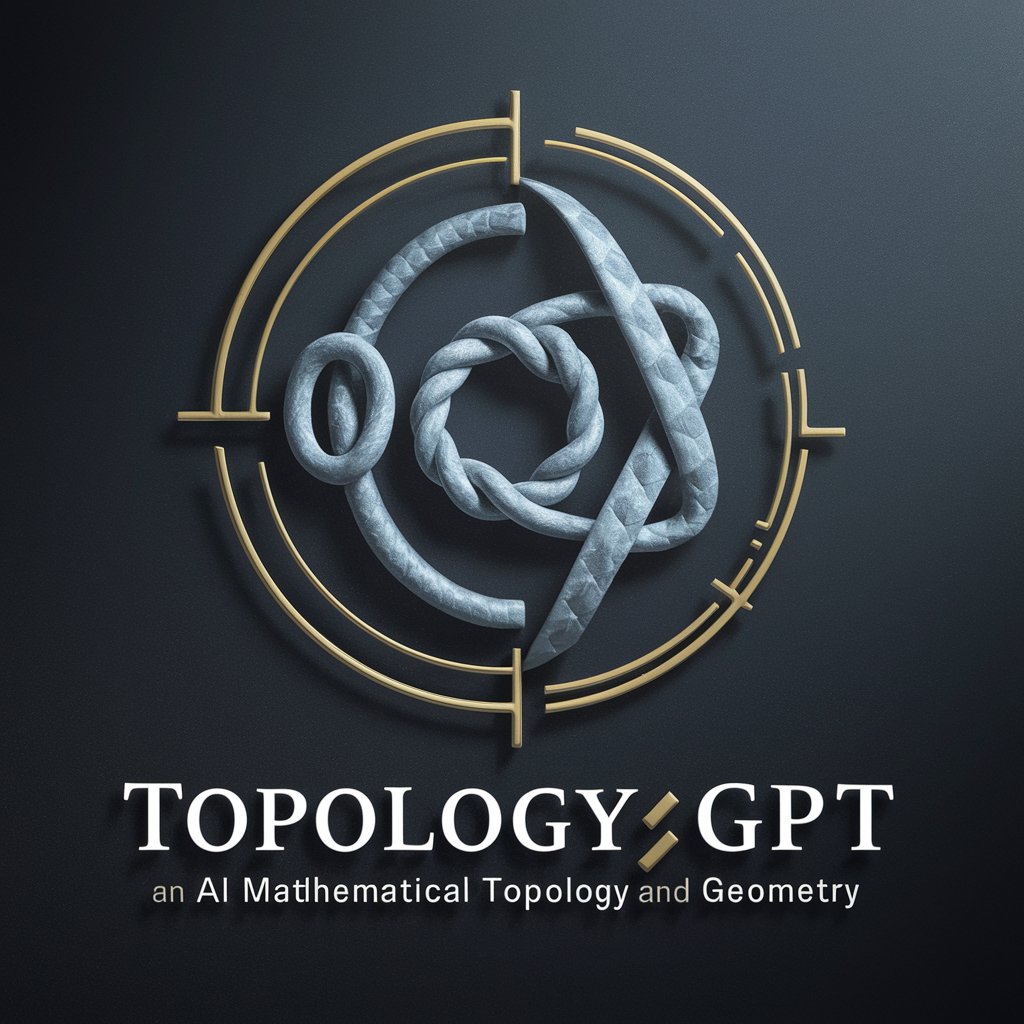
Welcome! Let's explore the fascinating world of topology together.
Exploring Mathematics with AI-Powered Topology
Can you explain the concept of homotopy equivalence?
What are the key differences between a topological space and a metric space?
How does the fundamental group relate to the study of topological spaces?
Could you describe the significance of compactness in topology?
Get Embed Code
Understanding Topology
Topology, a fundamental aspect of mathematics, is primarily concerned with the properties of space that are preserved under continuous transformations, such as stretching and bending, but not tearing or gluing. This field delves into the qualitative aspects of geometry, focusing less on the specific distances and angles between objects and more on their inherent connectedness and boundaries. A classic example illustrating the essence of topology is the fact that a doughnut and a coffee cup are considered equivalent (or 'homeomorphic') because one can be transformed into the other through a continuous deformation, without cutting or attaching new parts. This highlights the topological principle that it's the inherent 'holes' or 'voids' within an object that contribute to its topological nature. Topology's design purpose is to abstract and generalize the notion of geometrical space, providing a versatile framework to study not only geometric objects but also more abstract entities like functions, spaces, and transformations, thereby finding applications in diverse fields such as quantum physics, computer science, and biology. Powered by ChatGPT-4o。

Core Functions of Topology
Classification of Spaces
Example
Determining whether two spaces are topologically equivalent, like the aforementioned doughnut and coffee cup example.
Scenario
Used in computer graphics and 3D modeling to simplify complex shapes by understanding their basic topological structure, aiding in animation and rendering processes.
Study of Continuity and Limits
Example
Analyzing the behavior of sequences and functions to understand their convergence and the continuity of mappings between spaces.
Scenario
Applied in the analysis of dynamical systems and chaos theory to predict the stability of systems and understand their long-term behavior.
Topological Invariants
Example
Using concepts like Betti numbers, genus, and Euler characteristics to classify and distinguish between different topological spaces.
Scenario
Employed in data analysis and machine learning for feature extraction and pattern recognition, helping to identify underlying structures in complex datasets.
Compactness and Connectedness
Example
Exploring properties like compactness, which generalizes the notion of closed and bounded sets, and connectedness, which describes the space's ability to be split into disjoint open sets.
Scenario
Utilized in network theory to analyze and optimize the design of complex networks, such as internet infrastructure, ensuring efficient connectivity and robustness.
Ideal Users of Topological Insights
Academic Researchers
Individuals engaged in mathematics, physics, and computer science research who require a deep understanding of spatial properties and abstract spaces to advance theoretical frameworks and solve complex problems.
Data Scientists and Analysts
Professionals who leverage topological data analysis (TDA) to extract meaningful patterns and insights from high-dimensional data sets, applicable in fields ranging from genomics to finance.
Engineers and Technologists
Specialists in fields like robotics, computer graphics, and telecommunications who apply topological principles to design and optimize systems, ensuring efficient operation and resilience to failures.
Educators and Students
Teachers and learners at various levels who explore topology to enrich their understanding of mathematics and its connections to real-world phenomena, fostering a deeper appreciation of the subject.

Using Topology: A Comprehensive Guide
Start Your Journey
Begin by accessing a free trial at yeschat.ai, offering instant access without the need for login or a ChatGPT Plus subscription.
Understand the Basics
Familiarize yourself with the fundamental concepts of mathematical topology and geometric shapes to better appreciate the depth of discussions.
Identify Your Needs
Determine the specific areas of topology or geometric concepts you need assistance with, such as understanding topological spaces, continuity, or homotopy.
Engage Actively
Use the platform to ask specific questions, engage in discussions, and explore complex topics for a deeper understanding.
Apply Knowledge
Leverage the insights gained to tackle academic problems, research projects, or simply satisfy your curiosity about mathematical topology.
Try other advanced and practical GPTs
Tea
Explore the World of Tea, Powered by AI

PINN & XAI Expert
Demystifying AI Decisions
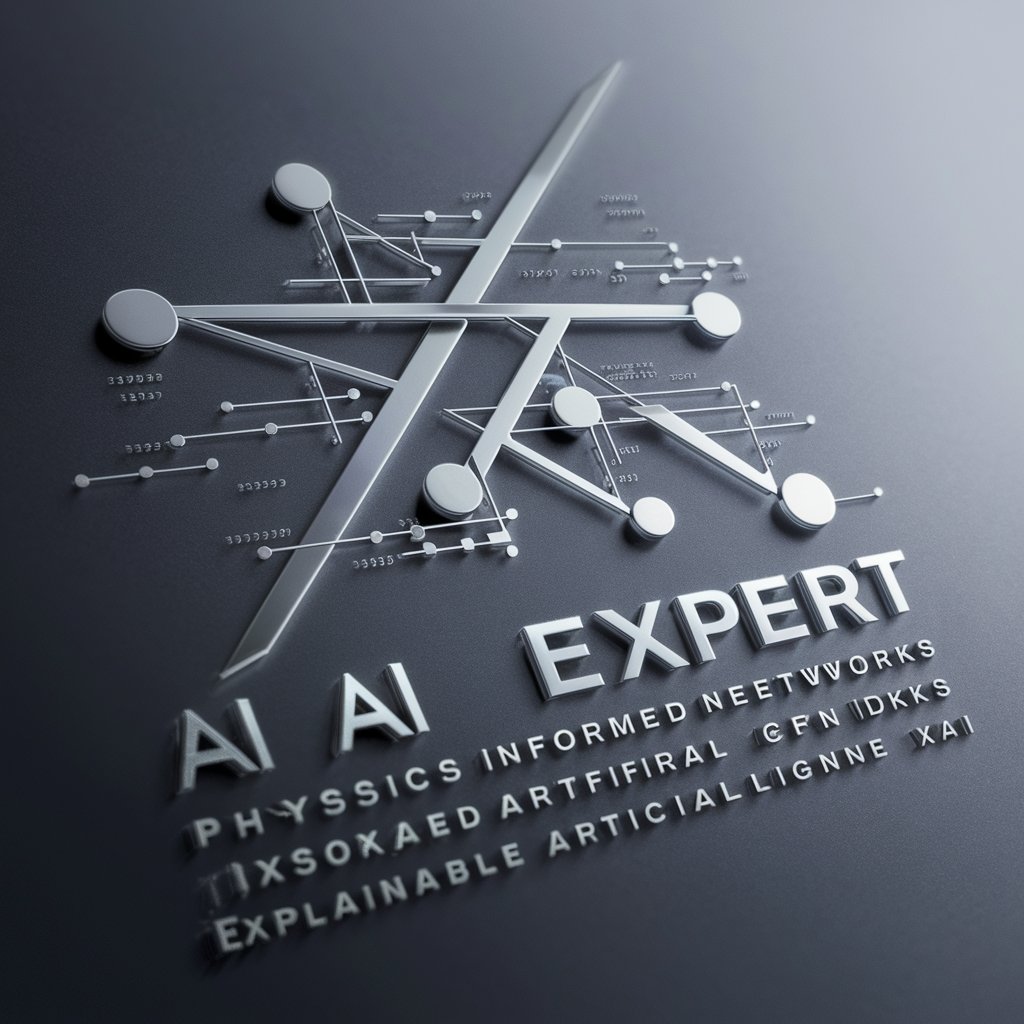
Garden Vegetables
Cultivate Your Garden with AI

伴读郎
Unlock insights with AI-powered analysis

Zeduler
Optimize your time with AI-driven scheduling

OptiPrompt
Enhance AI Interactions with Precision

Romantic Wordsmith Enhanced
Crafting Love Stories with AI
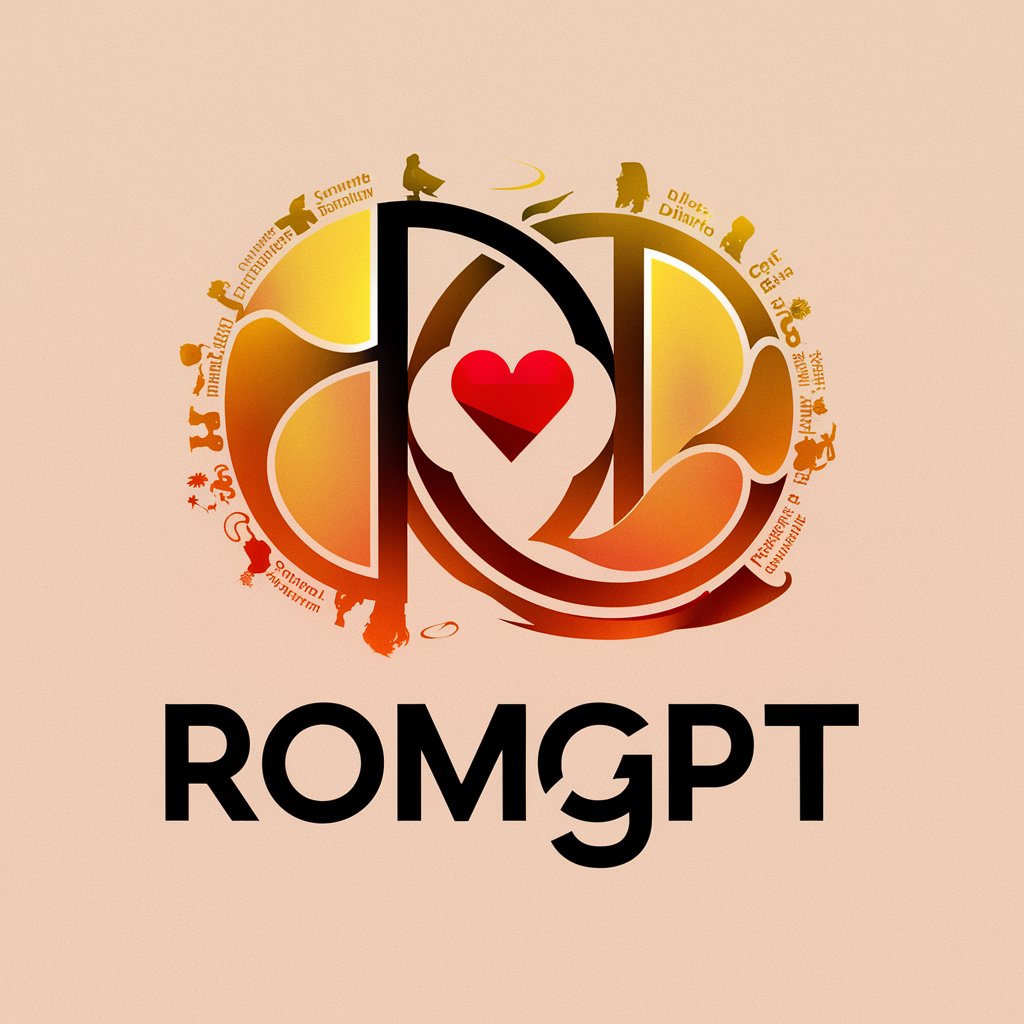
MichelinON 🧪
Tailored Michelin Dining at Your Fingertips
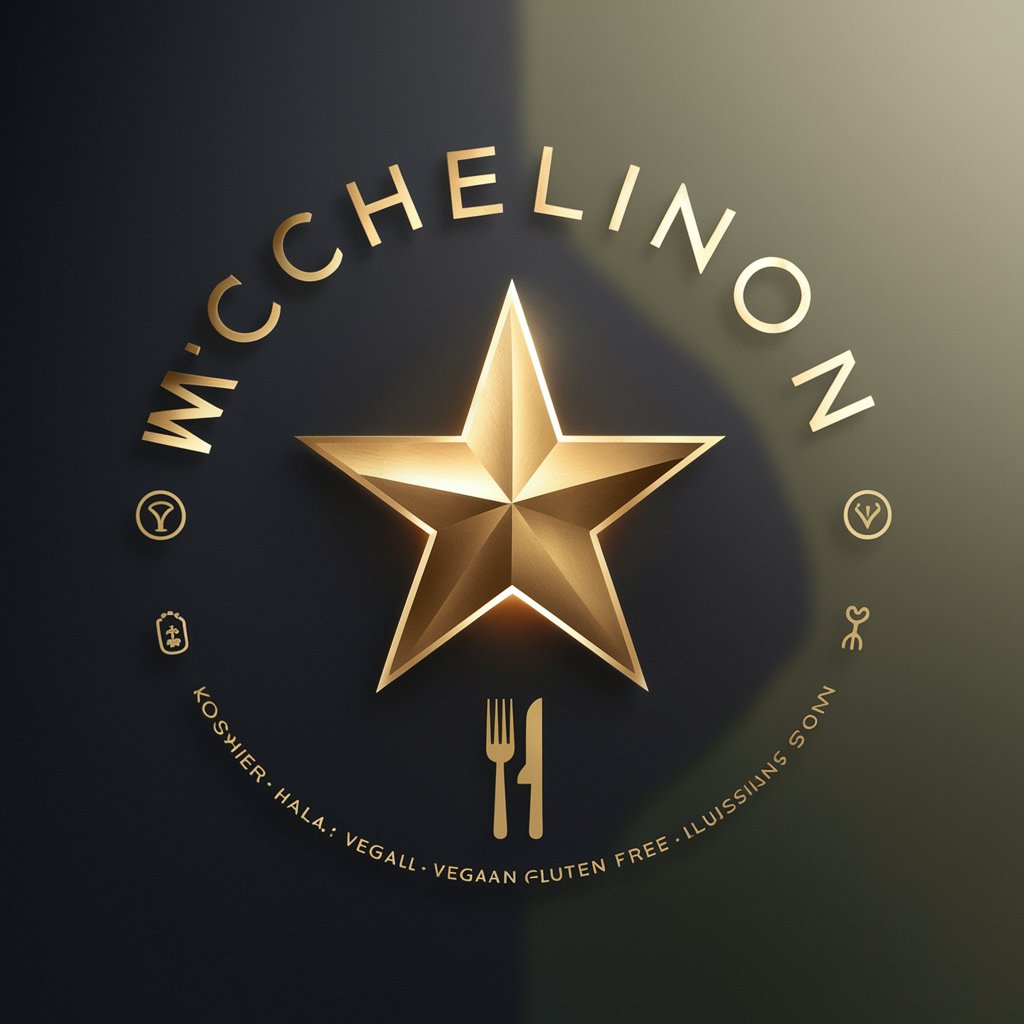
Moving
Streamlining Moves with AI-Powered Guidance

Rings
Explore the World of Rings with AI

Socket Mobile Tech Guru
Streamlining Development with AI-Powered SDK Support
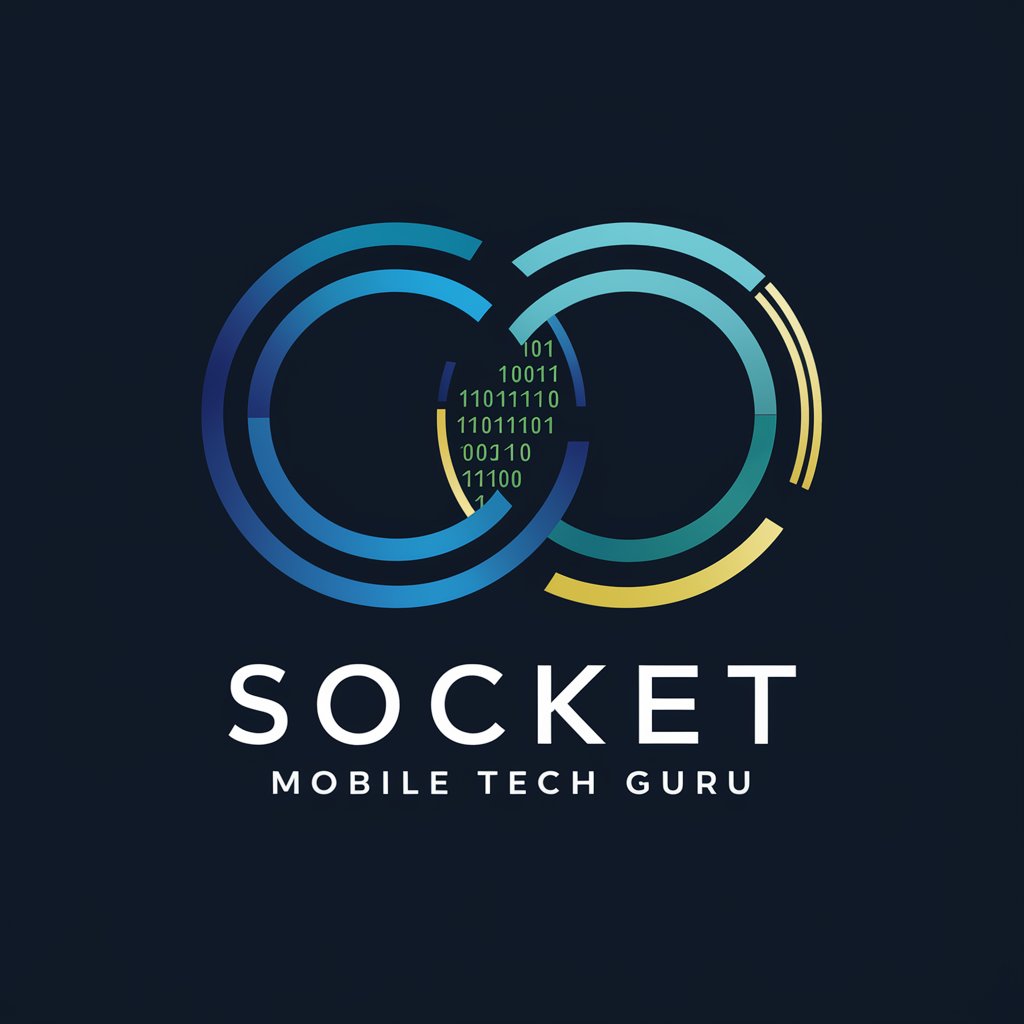
System Dynamics GPT
Simulate Complexity, Unlock Insights
Frequently Asked Questions about Topology
What is Topology?
Topology is a branch of mathematics concerned with the properties of space that are preserved under continuous transformations. It includes the study of concepts such as continuity, compactness, and connectedness.
How can Topology assist in academic research?
Topology can provide a deep understanding of geometric structures, aid in solving complex mathematical problems, and offer innovative approaches to theoretical research within mathematics and its applications.
What are some common use cases for Topology?
Common use cases include analyzing data structures for computer science, understanding molecular structures in chemistry, and exploring the universe's shape in cosmology.
Can Topology help with software development?
Yes, topology concepts can assist in optimizing algorithms, improving data handling and storage strategies, and enhancing the robustness of software architectures.
How does Topology integrate with other mathematical disciplines?
Topology often intersects with other areas like algebraic topology, differential topology, and geometric topology, enriching the study and application of mathematics across various fields.
